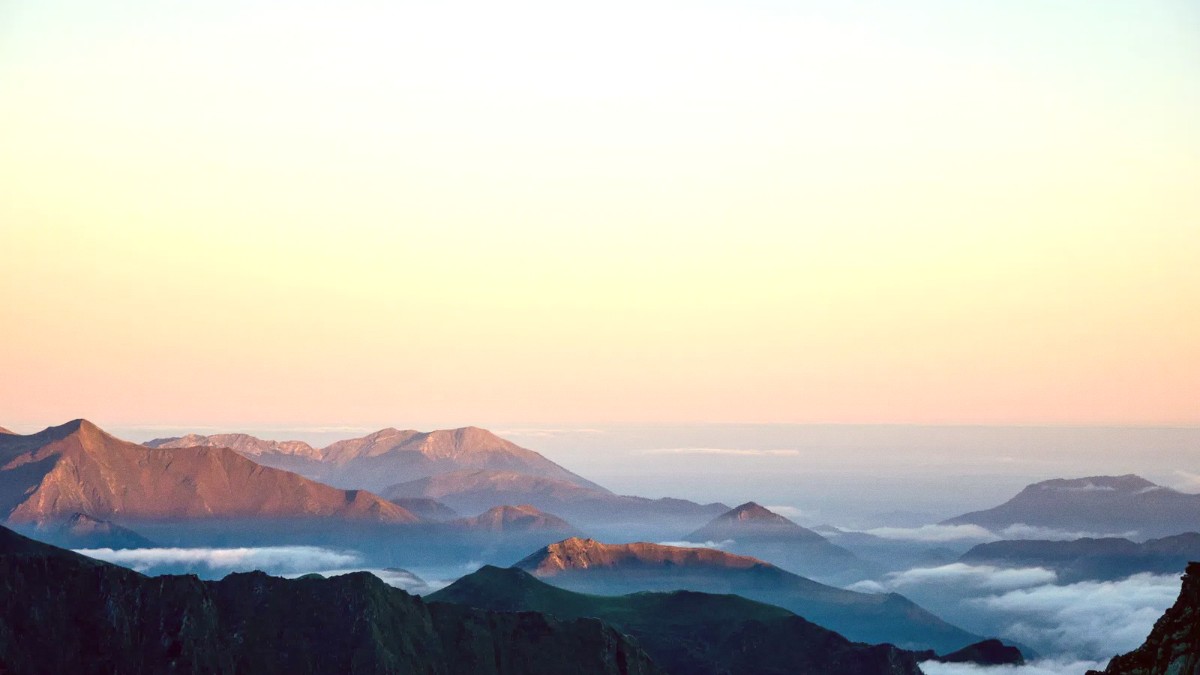
Eastern Cuba, Cuba
This city shaped much of Cuban history and continues to shape its culture. It served as a crucible for revolutionary fervor and a birthplace for many musical genres that define Cuba to the world. Palm trees sway in the Caribbean breeze, a contrast to the spirited human activity below. The aroma of strong coffee and roasting pork drifts through the air, mixing with the salty scent of the bay. Visiting Santiago de Cuba is an immersion into an unique way of life. It is a chance to witness a community that cherishes its heritage while looking to the future with optimism. This journey changes perspectives, leaving visitors with lasting memories of a place where tradition and passion blend seamlessly.
Santiago de Cuba occupies a striking position on Cuba's southeastern coast. It rests on the shores of a large, deep natural harbor, Santiago de Cuba Bay, one of the biggest and most well-protected bays in the Caribbean. This strategic location made it a significant port throughout history. The city's landscape is far from flat. It sprawls across undulating terrain, with hills and valleys defining its urban fabric. To the west, north, and east, the majestic Sierra Maestra mountain range forms a dramatic backdrop. These mountains are Cuba's longest and highest range, creating a natural fortress around the city.
The proximity of the Caribbean Sea provides a consistent tropical climate. The bay offers not just maritime access but also a beautiful, tranquil expanse of water that contrasts with the bustling city. The surrounding hills give way to lush, fertile valleys, traditionally used for agriculture, notably coffee cultivation. This combination of a deep-water port, protective mountains, and fertile land influenced Santiago's development, its culture, and its historical role. The city's layout, with its winding, hilly streets, reflects its challenging yet beautiful topography. Visitors often find unexpected vistas as they navigate its slopes. The natural beauty of the area extends beyond the city limits to nearby beaches like Siboney and Daiquirí, and the vast wilderness of Baconao Park. The geographical setting defines Santiago's unique character as a maritime city with a mountainous soul.
Santiago de Cuba holds an unparalleled position in Cuban history, earning its reputation as the "Hero City" (Ciudad Héroe). Diego Velázquez de Cuéllar founded the city in 1515, making it one of Cuba's first seven villas. For a time, it served as the island's capital before Havana took that role. This early prominence established Santiago as a center for Spanish colonial administration and trade, especially in gold and enslaved Africans. Its strategic bay made it a prime target for pirates and privateers, leading to the construction of impressive fortifications like El Morro Castle.
It became a hotbed of revolutionary sentiment against Spanish rule. Later, Santiago formed the crucible of the Cuban Revolution. Fidel Castro and his small band of rebels launched a daring attack on the Moncada Barracks here on July 26, 1953. While militarily unsuccessful, this event galvanized national opposition to the Batista regime and marked the revolution's true beginning. The city also saw the final triumph of the revolution, with Fidel Castro proclaiming victory from the balcony of Santiago's City Hall on January 1, 1959.
Close ties to Haiti and Jamaica infused the city with African and French influences through immigration.
Widely considered the birthplace of Son Cubano, which later evolved into salsa.
A strong presence of Santerían and other Afro-Cuban religious practices.
The cultural blend is evident in its music, dance, and everyday life.
Every street and building carries a piece of this profound historical and cultural legacy.
Santiago de Cuba offers travelers a compelling snapshot of authentic Cuban life. It is Cuba’s second-largest city, a bustling metropolis with a distinctly Caribbean flavor. Here, you discover a dynamic mix of historical monuments, lively cultural scenes, and genuine local interactions. The city’s core revolves around Parque Céspedes, a verdant square where historic buildings like the Cathedral and City Hall stand guard over constant activity. This park functions as a living room for the community, a place where people gather, connect to limited internet, and enjoy the city's rhythms.
Music serves as Santiago's heartbeat. You hear son, bolero, and trova spilling from the famous Casa de la Trova and other smaller venues. Dancing is not just entertainment; it is a way of life.
The culinary scene provides a window into Cuban flavors, with private restaurants (paladares) offering savory roasted pork, black beans, and rice.
Beyond the city center, sites like the Moncada Barracks and Santa Ifigenia Cemetery are testaments to Cuba’s intense past. The imposing El Morro Castle guards the bay entrance, offering panoramic views. Natural beauty surrounds the city, from the nearby beaches of Siboney and Daiquirí to the formidable La Gran Piedra in the Sierra Maestra mountains. Santiago is a place that invites exploration and rewards curiosity. It delivers a deep, memorable travel experience, connecting visitors to the true spirit of Cuba. Come ready to listen, learn, and immerse yourself.
Santiago de Cuba is known for its distinct character, shaped by its history, geography, and culture. This blend creates an atmosphere unlike anywhere else in Cuba.
The city's resilient spirit, born from centuries of challenges and triumphs, resonates in its lively streets and the warmth of its people. Music, dance, and a deep sense of community are woven into the fabric of daily life.
Santiago residents are known for their welcoming nature and readiness to share their culture.
A rich mix of African, French, and Spanish influences permeates art, music, and traditions.
The city's energy unfolds in its plazas, markets, and spontaneous street performances.
Santiago is a city where every corner tells a story. From revolutionary landmarks to musical venues, there's always something to discover.